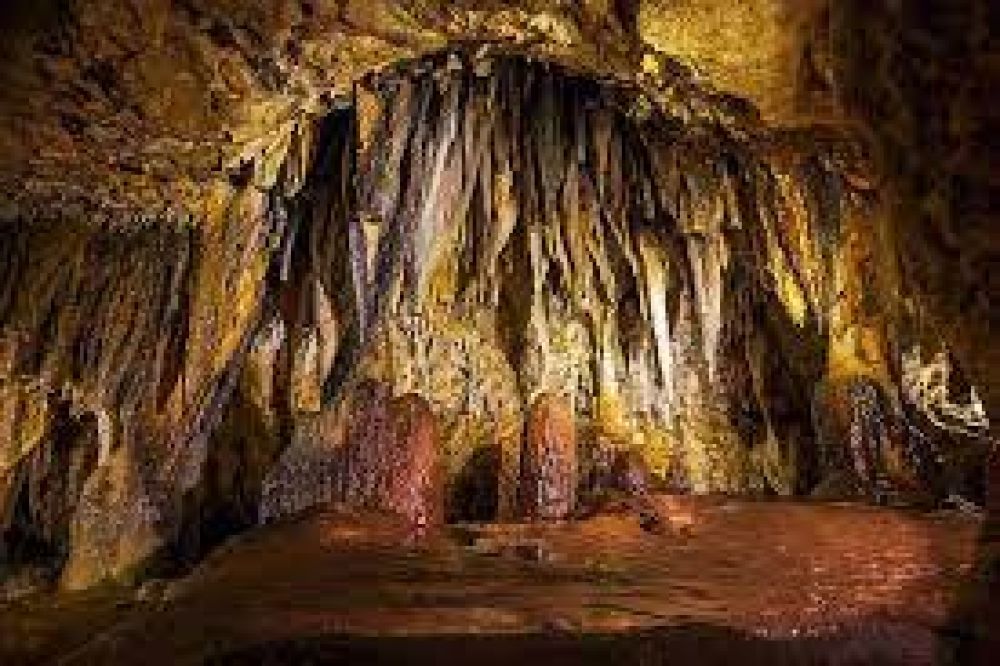

The Andaman and Nicobar Islands, a mesmerizing archipelago in the Bay of Bengal, have been a beacon for travelers for decades, attracting tourists with their pristine beaches, clear waters, and lush greenery. One of the less explored but immensely fascinating attractions among these isles is the Alfred Caves located in Diglipur, the northern part of Andaman.
The history of tourism in the Andaman and Nicobar Islands can be traced back to the early 20th century when the islands were primarily known for the infamous Cellular Jail, which was used by the British to exile Indian freedom fighters. After India's independence, the islands slowly began to gain popularity as an exotic tourist destination, thanks to their natural beauty and biodiversity.
In the 1970s and 1980s, with the establishment of better connectivity and infrastructure, tourism began to flourish. The introduction of policies that promoted eco-tourism and the development of tourist facilities made the islands a sought-after destination for both domestic and international travelers.
Amid this tropical paradise, the Alfred Caves in Diglipur remain relatively unknown, preserving their untouched splendor. The caves are a cluster of around 20 limestone caves, named after a British officer who is reputed to have discovered them in the colonial era. The caves are believed to be formed over millions of years due to geological changes.
The Alfred Caves are best known for being a seasonal home to the endemic, swiftlet birds, whose nests are a culinary delicacy. The trek to the caves is as enchanting as the destination itself, taking visitors through verdant forests, home to a rich array of flora and fauna.
Tourism in the Andaman and Nicobar Islands has seen a shift towards sustainability and environmental preservation. The latest trends focus on offering tourists experiences that are eco-friendly and promote awareness about the conservation of the islands' unique biodiversity.
Eco-Tours and Nature Trails, like the trek to Alfred Caves, are increasingly popular, aligning with global environmental concerns. These initiatives are accompanied by educational programs that emphasize the importance of preserving the fragile ecosystems that make the islands so special.
Moreover, there has been an increase in community-based tourism, involving the local tribes and communities in tourism activities that benefit them directly and ensure cultural sensitivity and respect towards the indigenous ways of life.
If you plan to visit the Alfred Caves, it's important to note that the best time to go is between November and February, when the weather is most conducive for trekking. As always, visitors are encouraged to respect the natural environment, staying on marked trails, not leaving any litter, and not disturbing the wildlife.
Keep in mind that the caves are located in a remote area, and it's advisable to hire a local guide who knows the terrain and can provide insightful information about the caves and surrounding biodiversity.
The islands' tourism department is also a good resource for the latest information, necessary permits, and best practices for a responsible visit to these natural marvels.
The Alfred Caves of Diglipur offer an extraordinary adventure for those looking to venture off the beaten path and immerse themselves in the natural wonders of the Andaman and Nicobar Islands. As tourism continues to evolve on the islands, these hidden caves stand as a timeless testament to the islands' lesser-known tales, waiting to be discovered by the intrepid traveler.